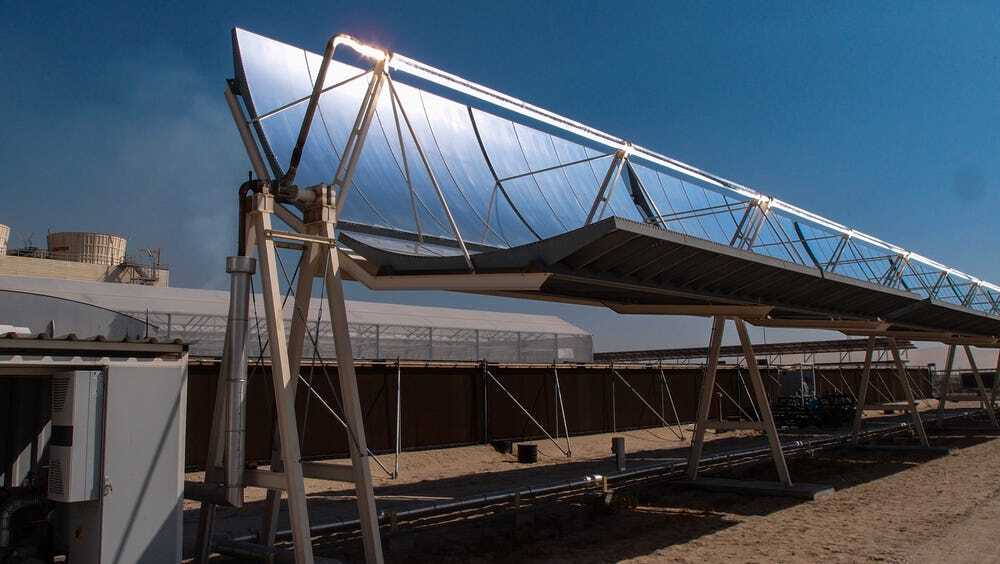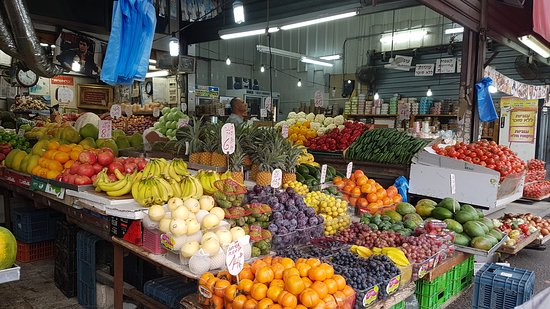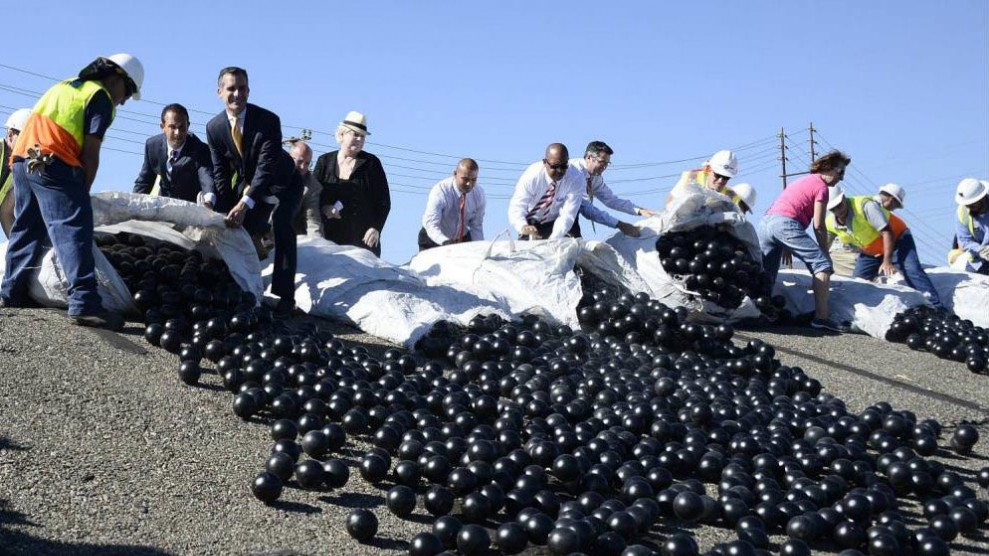Let’s talk about ways to maintain balance on the planet. Some of them will definitely surprise you: for example, text messages from… spinach.
We’re thankful to Rubryka for their amazing review.
We have become almost accustomed to unusually low temperatures and abnormal heat in recent years, which change very quickly. We even treat these weather jumps with humor, deciding whether it would be worthwhile to wear a down jacket in the morning and take sandals in your bag. But what causes us domestic inconveniences is of great concern to experts. Scientists predict that if we do not stop climate change, a third of humanity by 2070 will live in the Sahara – the largest and hottest desert. This is, of course, the worst-case scenario, designed in case the planet warms by 3° C. But even if the temperature rises by only 1.5° C, more than 1 billion people will be outside their comfortable “climate niche” by the end of the century.
“Cool” contrast kills quickly. And we already see this. In 2020, the Earth’s temperature reached record levels in three million years. “We are on the brink of an abyss,” said UN Secretary-General Antonio Guterres at the Petersberg Climate Dialogue Forum. The earth is close to a climate catastrophe. And the culprits in this will not have to look for a long time – it is we, the people, systematically and tirelessly destroy the biological potential of the planet.
One of the consequences of man’s chaotic attitude to his “cradle”, Earth, is desertification – a phenomenon of destructive nature, in the process of which fertile lands in arid areas degrade and become devoid of vegetation and desert moisture. Such lands become utterly unfit for human life. Only a few members of the fauna and flora can adapt to existence in such conditions. Land degradation and desertification are colossal challenges for humanity. Desertification provokes famine, forced migration, and many other environmental and socio-economic problems.

Despite the many natural factors contributing to desertification, the main reason for this process is still the environmental crisis – the result of global industrialization and improper use of natural resources in each region. The process of desertification has been going on permanently throughout human existence, but recently the rate of degradation of fertile lands has accelerated catastrophically. The destruction of the fragile ecological balance is facilitated by increased production (waterlogging and salinization of soils), irrational land use, deforestation (especially dangerous deforestation – from the slopes of mountains devoid of greenery, rains wash away the soil, making changes irreversible – new plantings will no longer take root). Overgrazing of cattle. It is believed that all the deserts of the Middle East – the work of human hands. Destruction of forest and grass vegetation, overgrazing, water, and wind erosion have turned the once green areas of the Middle East and North Africa into deserts and semi-deserts.
Let’s describe how critical the situation is now and what solutions worldwide are helping to defuse the crisis.

What about extended summer and forest the size of a football field? A few facts that make you think:
If you add up the entire territory of the planet occupied by natural deserts and semi-deserts, it will be about 40% of the whole Earth.
· Every 6 seconds on Earth, a forest the size of a football field disappears.
· The American Geophysical Union conducted a study that analyzed the average daily temperature in the northern hemisphere. It turned out that in 52 years the number of summer days has increased from 78 to 95! Further climate change will further affect the length of the summer season (and hence the heat and drought season), and it is projected that it will last up to six months by the end of this century. In addition, last year, there were many events that indicate extreme climate change. For example, since the beginning of the Roman Empire, the most robust drought in Europe, fires in California, and the highest temperature in Death Valley of all recorded (54.4° C).
· More than half of all agricultural land on Earth suffers from degradation. The degradation of agricultural land is happening at an incredible rate – about 12 million hectares per year, which means – 23 hectares per minute!
· Desertification occurs in China, Pakistan, Syria, Nepal, Iran, and Mongolia. In Africa, at risk of desertification – 2⁄3 of the territory, India could lose about 30% of all fertile land. In the countries of Southern, Eastern, and Central Europe, approximately 14-15 million hectares of fertile land (8-9%) are prone to desertification. The lands that are most affected are those in Romania, Bulgaria, Moldova, Ukraine, Spain, Portugal, Greece, and Sicily.
· More than 2.5 billion people on the planet are directly dependent on agriculture. Soil degradation directly affects the living conditions of 3/4 of the world’s poor.
Let’s fight, and we will win?
In December 1996, the United Nations Convention to Combat Desertification was signed and entered into force. It emphasizes the need for a new approach that involves both the government and the population in addressing desertification. The period from 2010 to 2020 was declared the Decade for Deserts and Combating Desertification. The primary purpose of the grand event was to raise awareness of the population of lands suffering from desertification, the reasons for this process, and help in overcoming the situation. The United Nations has dedicated these ten years to preventing and halting the degradation of ecosystems on all continents.
But intentions and information alone do not solve the problem. People around the world are looking for solutions to stop desertification and fight droughts.
1. In Argentina, the Ministry of Environment and Sustainable Development is implementing a project to help address these issues through a tripartite approach that raises awareness of farmers and local authorities about climate risks, as well as introduces sustainable farming practices and strengthens the environment for adaptation to climate change. Adaptation measures are implemented in 11 areas. These include methods to improve soil composition and promote the natural regeneration of pastures by planting perennial grasses, as well as steps to restore productive ecosystems through afforestation and piloting alternative agroecological methods. A key achievement of the project was developing a unique early warning system and drought information that facilitates farmers’ decision-making. Through a network of scientific, technological, and local governments, short- and medium-term periodic agro-climatic forecasts are compiled and disseminated on radio, local newspapers, and social media to present projected rainfall, erosion risk, and pasture fires, as well as appropriate prevention recommendations.

2. Just thirty years ago, Niger (West Africa) was an impoverished drought-prone country. On the advice of experts from other countries, large areas of land for planting wheat and corn were cleared. The project was a failure; the plants in the open just burned. Farming, a time-tested approach to sustainable agriculture, undeservedly forgotten in the twentieth century during the heyday of intensive agriculture and monoculture, began to spread spontaneously as farmers and landowners began to see the benefits of co-growth of trees and crops. It turned out that the grain yield in such conditions was much better than in neighboring fields, where the land was “cleared.” Since then, about 200 million trees on 5 million hectares of land have been planted or left in Niger for natural regeneration. Similar processes are taking place in Malawi, Mali, and Ethiopia. Farmers now plant and care for many more trees on their lands. The plains of Mali have changed beyond recognition over the past 30 years, and almost a million hectares of land have been restored in the Tigran region of Ethiopia.

3. In Jordan, the solution to the problem is sought in a piece of desert that has not been used for agriculture for hundreds of years. The commercial project, supported by USAID, the EU, and the Norwegian government, combines solar energy, seawater desalination, wind energy, and computer control, making the most efficient use of every drop of water to revitalize abandoned lands. On a plot of 4 football fields 10 km from the port of Aqaba on the Red Sea, the project participants built greenhouses cooled by saltwater and improved desalination systems, which allow doing without any freshwater sources. Using solar panels, seawater is driven through a 15 cm thick filter system installed in the greenhouse walls. On the other side, drip irrigation, which evaporating, increases the humidity in the greenhouse, thus reducing the need for plants for water. This allows you to grow anything in the desert, where the daytime temperature reaches 45° C. Currently, seawater is delivered in tanks. But the farm hopes to lay a pipeline or connect to a pipeline from the Red Sea to the Dead, which Jordan and Israel are going to build together. The authors of the project are reassured by the fact that Jordan has identified it among its priorities, and it was recently visited by the King of this country. So now we are talking about expanding the project five times – up to 20 hectares, which will grow about 5,300 tons of agricultural products annually. It is also planned to launch projects in other places with similar conditions – in Tunisia and Australia.

4. Since the creation of Israel, addressing desertification has been part of public policy. In all, about 240 million trees have been planted there, and special rules have been put in place to ensure adequate water management and livestock control. The country has built 180 dams and reservoirs, developed 1,000 square kilometers of land, and created more than 1,000 parks. 95% of the territory of Israel is arid, semi-arid, desert, or excessively arid regions, where people know about water shortages not by hearsay. But in 2014, the country became independent in the field of water supply due to a strategic approach, which included a number of comprehensive measures:
Desalination: The conversion of seawater to drinking water has turned water scarcity into a surplus for Israel. 55% of Israelis currently drink water from desalination plants.
Wastewater treatment: Israel was the first to use a method of wastewater treatment and use it for agriculture. Today, Israel processes about 90% of its wastewater.
Micro-irrigation: with this irrigation method, several crops are grown with a stable supply of the exact amount of water required by drip.
Economy: Toilets and shower systems with low water consumption ensure the preservation of water in homes.
Today, Israel is a world leader in the rationalization and economy of water use in agriculture. Israel has managed to stop desertification: the desert is not only not expanding but also shrinking due to agricultural development.
And Israeli vegetables and fruits can now be bought not only in all local markets but even in European supermarkets.

The survival rate of young seedlings in the desert climate of Israel reaches 80%, and after planting, no one waters them. The trees manage to survive thanks to the unique planting technology, for which specialists from other countries, where there is a problem of desertification, come to Israel today. When planting, the young plant is placed in a plastic container that has white walls on the outside and black ones on the inside. Moisture from the air condenses on the inner walls, which flows down the container to the roots, providing the seedling with the required amount of water. During the first 5-7 years of life, this amount of water is sufficient for the total growth of the tree, and then the roots grow to a layer saturated with moisture and feed from there. Today, Israel is the only country in the world where the area of forest stands is not decreasing but is growing every year.

5. Kubutsi Desert (Northern China) – the 7th largest desert in China. It was once called the “Dead Sea,” through which it was difficult to even for birds to fly. But thanks to China’s 30-year effort to combat desertification, areas of vegetation have sprung up in many parts of the desert. Several innovative methods have been used to combat desertification in the Kubutsi Desert, including afforestation using drone technology. This is not China’s only success in this direction. In northwestern China, the 42,200-square-kilometer Mu-Us Desert has disappeared. 93% of its territory has become an oasis due to many years of efforts to combat desertification. At the same time, the Chinese authorities are implementing a large-scale project to combat another desert – Tenger. Movable dunes, which cover an area of about 67 hectares, are fixed with a network of straw cages. The straw is laid in rows and pressed with shovels into the sand by 10 cm. It protrudes about 30 cm above the surface of the sand and should stand strictly vertically, in equal parallel and perpendicular rows with the side of the “cell” one meter long. This is how a network of straw cells turns out. This technology was first used in the middle of the twentieth century when the Baotou-Lanzhou railway was built. Locals have set up safety nets along the railway and continue to use this technology to this day. A positive side effect of this method is employment. Especially many workers have been added in recent years when environmentally harmful small plants and factories have been closed.

6. Climate of Las Vegas (USA) includes arid deserts with hot and mostly dry summers. The city has an average of 300 sunny days a year. A few years ago, 96 million black bullets were dumped into a reservoir in Los Angeles to protect water. The bullets filled the surface of the reservoir with an area of 0.7 sq. Km and a displacement of 12.5 billion liters. Small black plastic balls reduce water evaporation by almost 300 million gallons (about 1.1 billion liters) per year – enough to supply drinking water to 8,100 residents, protect water quality by blocking sunlight, preventing unwanted chemical reactions, Km and helping to avoid algae growth.

In addition, the use of xeriscape landscaping has been introduced to reduce the need to water outdoor plants in arid conditions. This gardening method uses a restricted approach to water management, for example, grouping plants for water needs, using local plants, and reducing the total amount of lawn grass. In addition, for home use, residents use water-saving devices, such as special showerheads and economical washing machines and dishwashers.

7. The countries of the European Union are gradually using the potential of circulating effluents in their irrigation systems. According to the Institute for Circular Economics, “the EU has already identified wastewater reuse as a viable alternative source of water in areas with limited water resources.” The Canary Islands can be mentioned as an example of the efficient use of wastewater in agriculture. Since 2014, they have irrigated 5,000 hectares of tomatoes and 2,500 hectares of banana plantations with processed wastewater. The situation is similar in Cyprus. Since 2014, approximately 28% of the water used for irrigation in agriculture is supplied from wastewater treatment plants.

8. The original method of influencing the weather was tested in the United Arab Emirates. The British research team launched special drones with ionizing installations on board. Low-power electric charges led to the formation of larger droplets of water vapor. The new technology, voiced by experts at a forum in Abu Dhabi, is based on the fact that moisture in the clouds carries an electric charge. By changing the magnitude of the charge, scientists could change the rate of formation of water droplets and thus increase the likelihood of precipitation. Now the clouds are planted with salt shots from guns mounted on planes – salt crystals attract tiny water particles, connect with each other and become heavier, so precipitation falls.

9. Areas that suffer from drought can be saved with the help of sound. Scientists from Qinhua University made this discovery. Researchers have learned to use low-frequency sound waves to “call” rain. According to the South China Morning Post, the experiment was conducted in Tibet. A vast sound generator was installed, which was sent to the sky, and the frequency of the sound was barely noticeable to the human ear. After the device was launched, within a radius of about 500 meters from it, an increase in precipitation was recorded to 17%. Researchers say the technique does not have a detrimental effect on the environment, but more data is needed to prove its effectiveness.

10. It may sound like something out of a futuristic sci-fi movie, but regular spinach can also help fight desertification. Engineers at the Massachusetts Institute of Technology taught spinach to communicate with people via text message. It turned out that spinach roots are sensitive enough to recognize nitroaromatic compounds in groundwater, which are part of explosives. When these compounds are detected, the carbon nanotubes in the letter send a signal read by an infrared camera that sends an electronic message to scientists. Although the purpose of this experiment was to detect explosives, scientists believe that it can be used to monitor environmental changes in the environment – drought, pollution, salinization, and other significant processes.



